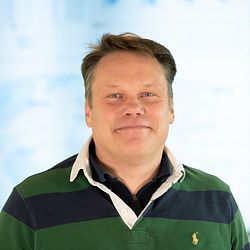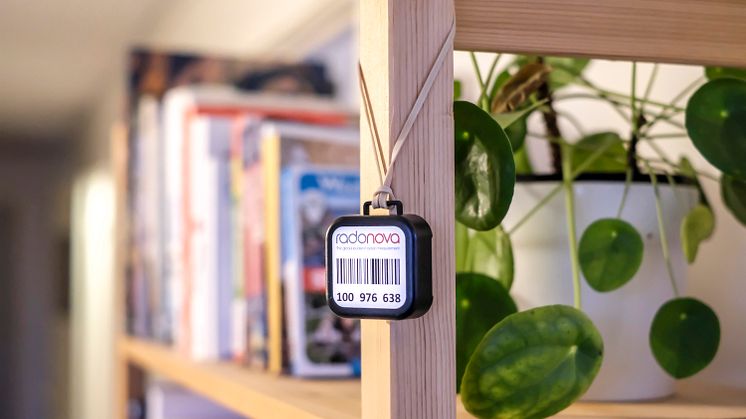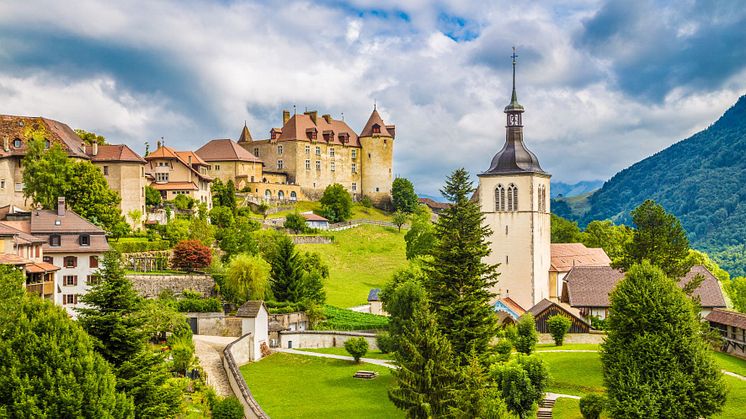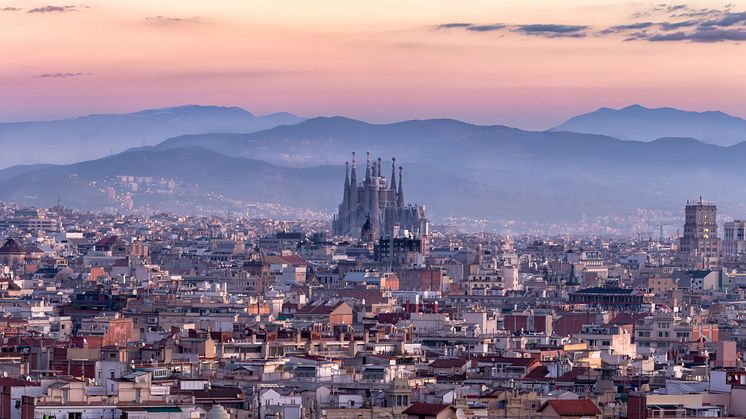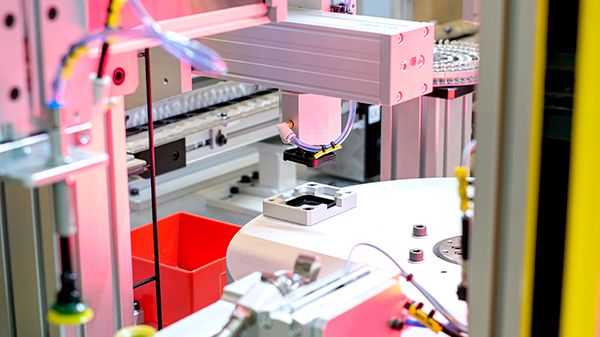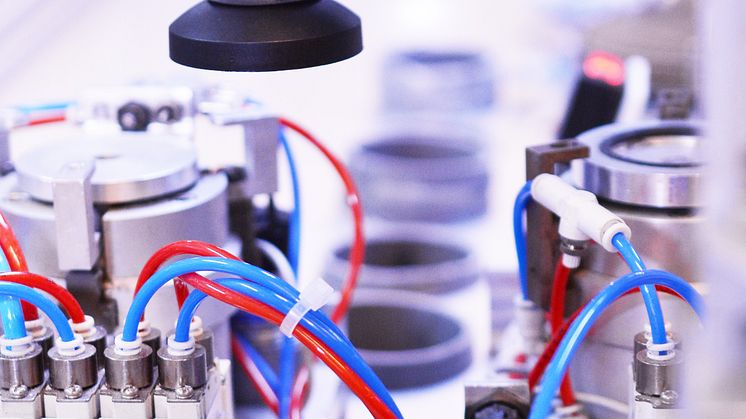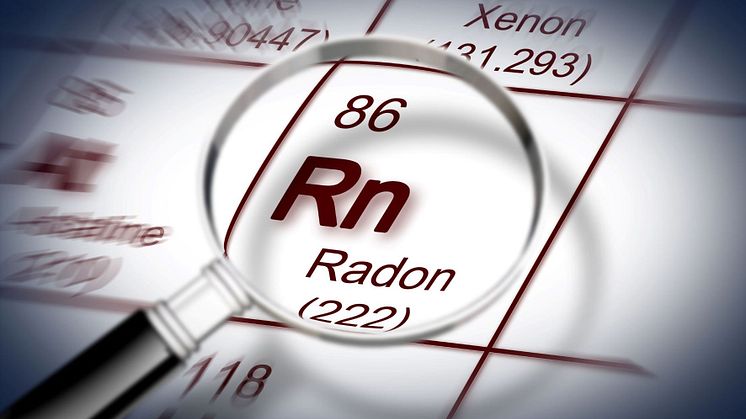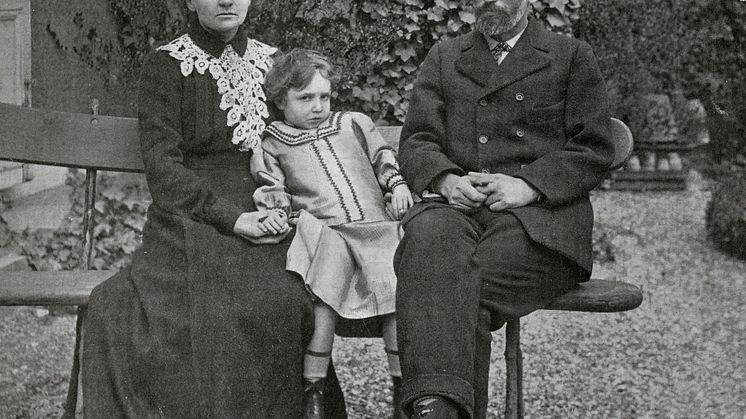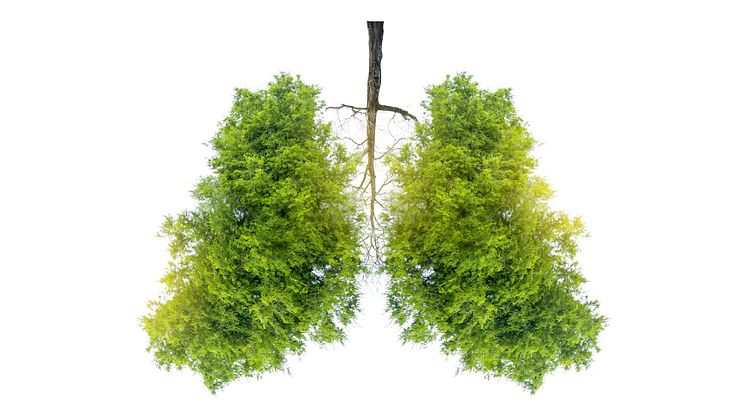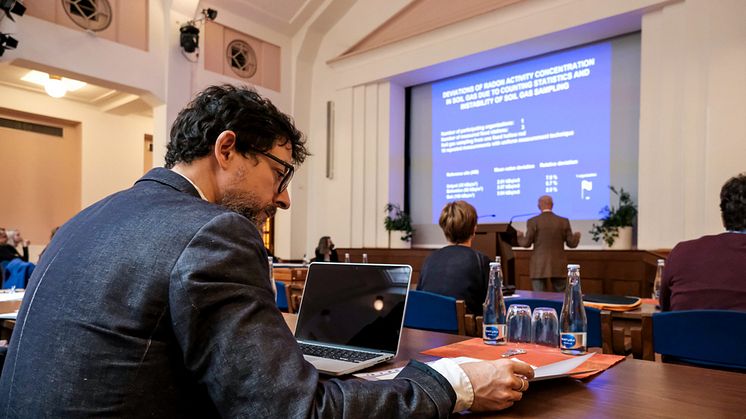
Blog post -
Radonova Showcases Innovative Radon Solutions at GARRM 2021
Radonova recently attended the 15th International Workshop on the Geological Aspects of Radon Risk Mapping in Prague – GARRM 2021. The conference was the first of its kind since the start of the pandemic. On behalf of Radonova, Thomas Chauvin, Patrik Nôteberg, José-Luis Gutierrez Villanueva and Zuzanna Podgorska were at the event.
The conference had two clear focuses – radon risk mapping and radon action plans and radon in a geological environment. The former included workshops on national strategies, radon action plans, approaches to radon risk, radon risk mapping on various scales including geogenic mapping & detailed measurements, delineation of radon prone/priority areas, and research activities and results.
While in terms of radon in a geological environment there was a concentration on methods of measurements and classification of radon risk, passive and active soil gas sampling, permeability as the second decisive parameter for radon potential assessment, understanding radon transport mechanisms in the soil and from the soil into the buildings, research activities and results, multiparametrical models, earthquake prediction, radon as a natural tracer, radon in karst areas, and radon in mining areas.
The importance of research and collaboration
As there had been no industry gatherings for 18 months, the Prague conference was particularly important to the radon community. Pleasingly for those that attended, despite the pandemic, many ambitious studies have been successfully completed enabling in-depth discussions and information sharing.
Radonova takes an active role in academia. It recognises that when studies and experiences are shared, environments are created which are more conducive to collaboration and therefore more effectively at reducing the negative impact of radon on human health. In addition, it also participates in comparative tests as they provide a platform to evaluate new methods and tools for radon measurement, recent examples include Spain and France.
José-Luis Gutierrez Villanueva, a radon expert at Radonova, said: “As we were exhibiting at the conference, it provided us with an opportunity to advice the community about our solutions which are used in successful radon research projects to ensure accuracy – in particular there was a lot of interest in our soil radon measurement solutions, Ecotrak and MARKUS.”
In Prague, Radonova showcased Radtrak³ for the first time. This new passive solution received a lot of attention. Radtrak³ can be used for long term measurement over 2-6 months and as an occupational radon dosimetry monitoring service. The exceptionally large range of this detector allows measurement of radon levels from as low as 15 Bq/m3 to as high as 25,000 Bq/m3 over a 3 month period.
The GARRM Workshop ended with two roundtable discussions dedicated to the European Atlas of Natural Radiation and Machine Learning. The first roundtable discussion discussed the learnings that researchers acquired after the publication of the document. Materials can be downloaded from the dedicated website of the Joint Research Centre (JRC). The Atlas was published in 2020, a result of the efforts of many researchers across Europe which took 15 years to complete.
There are many conclusions from this great project, the most discussed in the roundtable was the second edition of the Atlas. Participants talked about possible topics, timeline and perhaps most importantly: who is responsible for what. It is something that will be under discussion in the European radon community over the next few years.
Machine learning is a technique that is getting more and more attention and radon is a good example of a machine learning application. Eric Petermann from the German Federal Office for Radiation Protection (BfS) led the discussion. Interestingly, participants pointed out that machine learning cannot substitute individual measurements. Moreover, this technique is very good for policy makers to focus efforts when it comes to the protection of people against the dangers of radon exposure.
